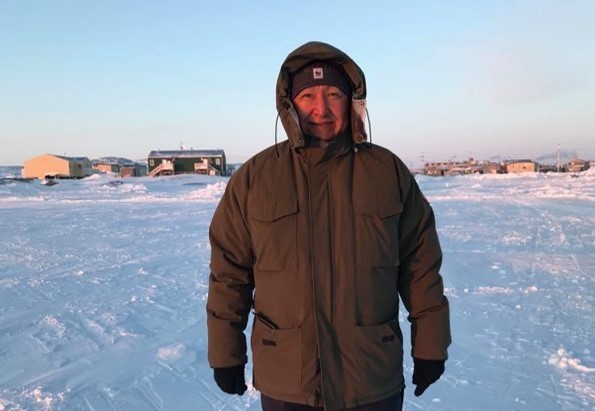Protecting Nunavut’s Caribou: Paul Okalik, WWF-Canada’s Lead Arctic Specialist (WATCH)
Paul Okalik, WWF-Canada’s Lead Arctic Specialist, recently spoke to APTN News about the long-awaited Nunavut Land Use Plan. The world’s largest at 3.3 million square kilometres, this plan was a requirement of the original 1993 Nunavut Agreement that created the territory.

Okalik was Nunavut’s first premier, from 1999-2008, and was one of the territory’s original land-claim negotiators before that.
He warns that caribou numbers will continue declining until the land use plan’s final draft, submitted for review and approval last June, is finally implemented and mining companies are prevented from operating on calving grounds.
“These companies, they won’t be here in the long run,” Okalik told APTN. “They’re just here for the ore, once the ore’s gone, they’re gone. The jobs are gone, and the land that we have left, if its calving grounds, the habitat that the caribou need to feed, is destroyed, where are they going to go?
“That’s our food, that’s the basic question that we try and tackle with the communities. How to protect what little we have left,” he added.
Watch Okalik’s interview below and read the full article here: Caribou numbers will decline as long as Nunavut goes without land use plan says former premier

